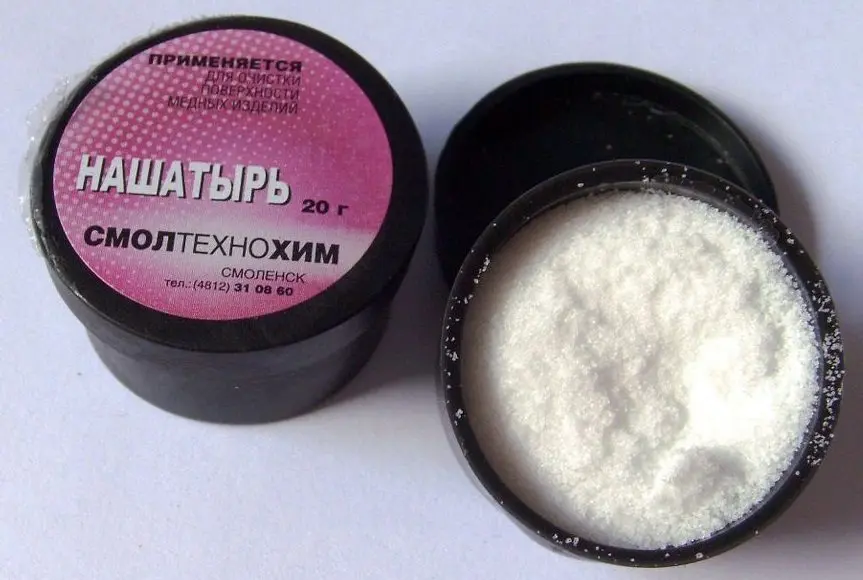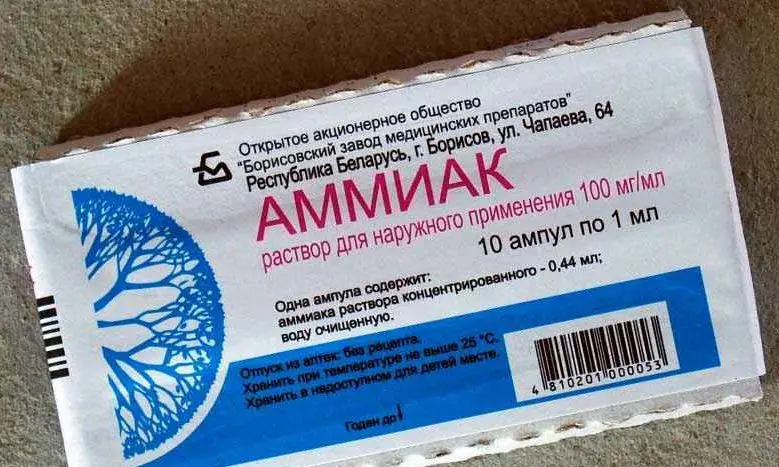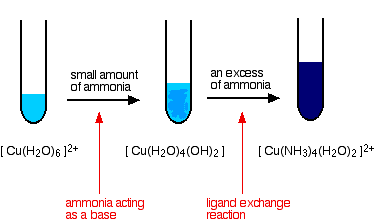For normal reproduction and vital activity of wine yeast, sugar, mineral and nitrogenous substances are required. Often, berry and fruit juices contain a sufficient amount of nutrients required by yeast. Problems start when the wort is heavily diluted with water and/or a lot of sugar is added to reduce the acidity. As a result, the concentration of nitrogenous substances falls.
The first few days fermentation is active, but then the process slows down for no apparent reason (sugar is enough, the temperature is suitable, the alcohol concentration has not reached the limit). With a lack of nitrogen, the wine ferments longer than usual, but does not gain strength above 8-9%, part of the sugar remains unfermented. If nitrogenous compounds (ammonia, ammonia or ammonia) are correctly introduced into such a wort, then fermentation resumes to normal intensity.
In most cases, fertilizing is not required, it is usually used to make homemade wines from cranberries, blueberries, blueberries, lingonberries, wine drinks from flowers and vegetables, or in the case of very acidic raw materials, heavily diluted with water and sugar.
Almost all store-bought wine yeast comes with a strain-specific nutrient, so extra nutrition can even be harmful. It is advisable to feed homemade wines with nitrogenous compounds only if you use homemade sourdough or wild wine yeast that lives on the surface of the fruit.
dosage
Two groups of nitrogenous substances can be used to feed wine:
- disubstituted phosphate, carbonate or ammonium chloride (ammonia) – 0,5 g / l;
- ammonia (aqueous ammonia solution) in concentration: 4-5% – 2 ml / l; 10% – 1 ml / l; 25% – 0,4 ml / l.
These substances are sold in pharmacies and chemical reagent stores. All top dressings act the same, so there is no difference between them.
Attention! Use only one substance, you cannot combine them.



The most affordable is 10% ammonia in 1 ml ampoules. This is very convenient, since you do not need to calculate the dosage – just buy the required number of ampoules for the available volume of wine.
Subject to dosages, ammonia and ammonia do not affect the aroma and taste of wine in any way, since their concentration is negligible and almost all nitrogen compounds are processed by yeast.
When and how to apply nitrogen fertilizer (instruction)
All top dressings are recommended to be made during the initial work with the wort before adding the yeast.
Ammonium (ammonia) is supplied in the form of a powder, which must first be dissolved in a small amount of juice, then poured into the main batch.
Ammonia is initially an aqueous solution, it is added immediately.
After adding nitrogenous top dressing, the wort is stirred, then sourdough or wine yeast is added, after which the chosen recipe and method of making wine are followed.
Attention! At the time of top dressing, the color of the wort may change slightly, this is normal.
If fermentation has become sluggish due to a lack of nitrogen (initially it was not added), then the wine is fed with ammonia or ammonia, reducing the recommended amount by 2 times. It is necessary to drain a small amount of the must, place the substance in it, then pour the solution into the main batch of wine, do not mix, so as not to raise the sediment from the bottom.










